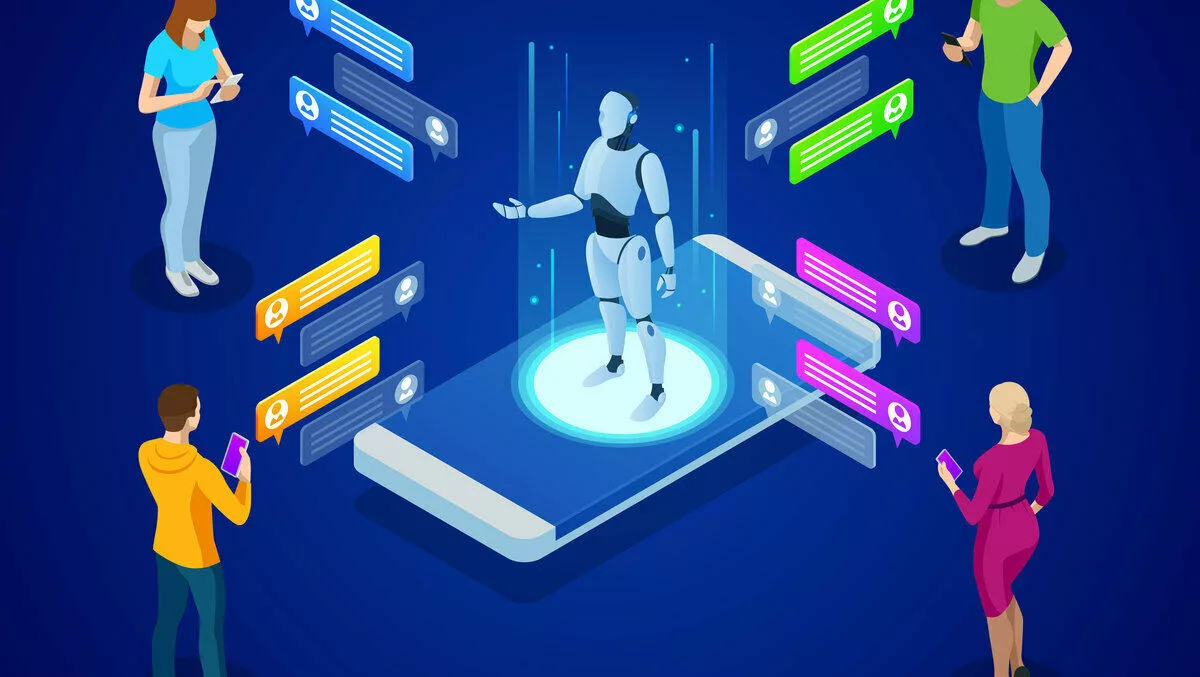The customer experience (CX) landscape has changed significantly over the last few years, with a stronger focus on digital transformation by leaders, following the move into a digital era grounded in automation and artificial intelligence.
During our recent annual Engage On-The-Road tour across Asia, we surveyed the industry to better understand the evolution of people and technology in the contact centre space and to explore the current state of play surrounding digital transformation and CX.
When asked about areas for growth and investment in the year ahead, a significant percentage of industry professionals reported they will be investing more heavily in chatbots and automation, while approximately 40% of leaders interviewed reporting that they had already integrated such technologies into their CX mix.
There is a strong imperative for leaders to gain a deeper understanding of AI-driven technologies like chatbots, and how it can help leaders achieve their CX goals through enhanced customer service.
Intelligent Virtual Assistants (IVAs) are particularly on the radar.
These smart, AI-led evolutions of the simple chatbot can, and have proven to be, a great source of success for many companies.
However, the secret to unlocking this success lies in implementing them in a way where everyone is a winner; customers are satisfied, agent call volume is reduced, unnecessary calls are eradicated and the entire customer engagement process becomes more efficient and effective.
So, how do you deploy an IVA successfully?
Here are 5 ways that companies can get their IVA approach right from the start:
1. Recognise that an IVA is a part of a more holistic and integrated solution.
It's impossible for a single piece of technology to solve all the problems of a company; an IVA is no different.
It is just one component of the broader CX process.
When considering implementing an IVA, companies need to look in detail at the entire end-to-end customer engagement process, ensuring there aren't any technology or process disconnections or islands along the way.
Every element of the customer journey needs to be given due diligence, as this will help highlight how and where an IVA could be most beneficial.
2. Acknowledge that an IVA is not a human.
When chatbots were first introduced, a lot of energy went into making them appear human-like with personas and real names. Companies tried to mask their identity and hide the truth, which only created more tension. Companies who openly introduce IVAs as an automated service that is trying to help with basic challenges actually experience less customer dissatisfaction while delivering a better CX.
3. Personalise the customer experience.
Most simple chatbot solutions don't have the level of emotional intelligence to recognise your loyal customers – but they could. Armed with the right knowledge-based systems, your IVAs can, and should, recognise where your customers are in their purchase journey. By capturing details from previous interactions, your IVA can proactively enhance your customers' interaction process. In this way, your customer feels valued, you've made a mundane task easier, your reputation increases and your sales grow as a result.
4. Understand that customers don't want generic information.
When the IVA is empowered with data from a dynamic knowledge base, the communication flow is seamless, and information is accurate.
Too often, chatbots are unable to solve queries due to not accessing all relevant information, forcing customers to pick up the phone anyway, probably complaining about their negative experience before talking about their problem.
Making matters worse, the contact centre agent will often tell the customer something completely different to the 'bot', making frustrations spiral. A knowledge system serving the entire customer engagement process across all channels will help avoid this.
5. Recognise that Marketing and Operations teams need to co-own the customer
Large enterprises talk to thousands of customers daily – putting your brand reputation at risk if you get any element of CX wrong.
When Operations and Marketing teams work together on the customer engagement process, you can address consistency of tone and language used by the IVA, ensure alignment with external marketing communications and ensure a positive brand experience.
When the CX experience is disjointed, and IVAs don't fit brand positioning or the style used to interact with the customer, CX can take an unnecessary beating.
This is amplified if the IVA is seen as the plaything of the web or digital team; it needs to be an inherent component of the overall customer journey.
In summary, when IVAs are well thought out, well planned and well implemented, leaders are blessed with a variety of opportunities.
Data aside, leaders can boost customer retention and loyalty by hiring more agents who focus on the high-value and value-add areas of CX.
These agents are typically more experienced, with well-developed levels of EQ, creating an enviable opportunity for them to handle complex calls, resolve difficult situations and become gatekeepers to profitable upselling and cross-selling opportunities.
There is no doubt that IVAs can be of tremendous benefit to organisations.
The key to success, however, is finding the right balance between customised customer care and digital efficiency to take the potential of this technology to the next level.


